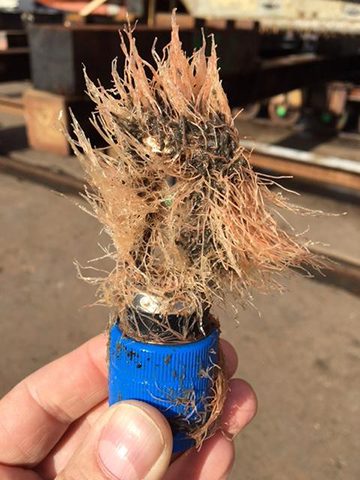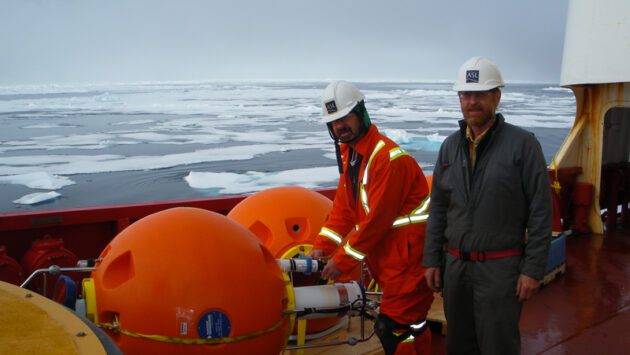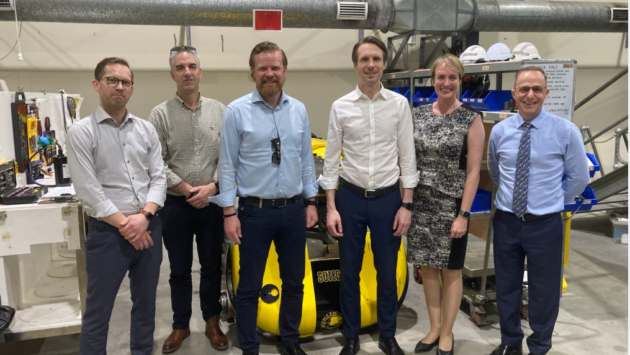Combating Biofouling in Aquaculture
AML Oceanographic has used their UV•Xchange for biofouling control, to enable oxygen sensors to remain in place in an aquaculture application without cleaning for up to 18 months. This enables the possibility to use oxygen sensors for one full breeding cycle, and only clean them during the service period between, resulting in both reduced operational costs and increased safety for fish farming.
Currently, subsea aquaculture sensors require cleaning approximately once a month, to ensure continuous operation. AML’s biofouling technology is a more economic and environmentally friendly alternative to the present practice of injecting poison into the environment to protect the instrumentation. Cleaning of subsea oxygen sensors is mandated by law in some countries and is also critical to the health of the fish being farmed.
AML Oceanographic developed UV- Xchange™ as a biofouling solution unlike any other method currently on the market where electrical power is available. Xchange™ and Cabled UV prevent biofouling during long-term, in-situ deployments. The LED modules bathe critical surfaces in ultraviolet (UV) light, killing early growth to prevent biofouling, thus eliminating environmental drift in CTDs and multi-parameter instruments, and keeping critical surfaces of subsea devices clean.
 |
| If your sensors look like this, Contact BlueZone to inquire about Xchange™ immediately! |



